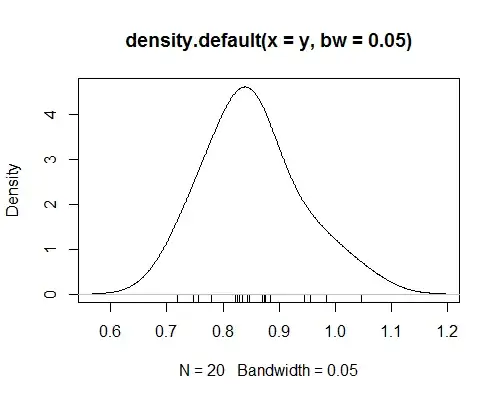Is it possible to transform a normally distributed variable into one that defined by a truncated normal distribution?
I am currently using a KL transform to generate Gaussian random fields. I would like to transform these fields into truncated normally distributed fields with a specified mean and std. As I am using these random fields with the Polynomial Chaos Expansion (PCE) method to compute the low order statistics of the system, I don't know it mathematically correct to simply truncate my Gaussian fields.
For context, at the moment I am able to transform the Gaussian fields into uniformly distributed fields in the range [a,b] by using the following transformation: $x_{uni} = a + (b-a)\phi[x_{norm}]$ where $\phi[\cdot]$, is the gaussian cumulative distribution function.
Is there a similar transformation that I can apply to convert the Gaussian field into a truncated normal field?
Thanks in advance!
